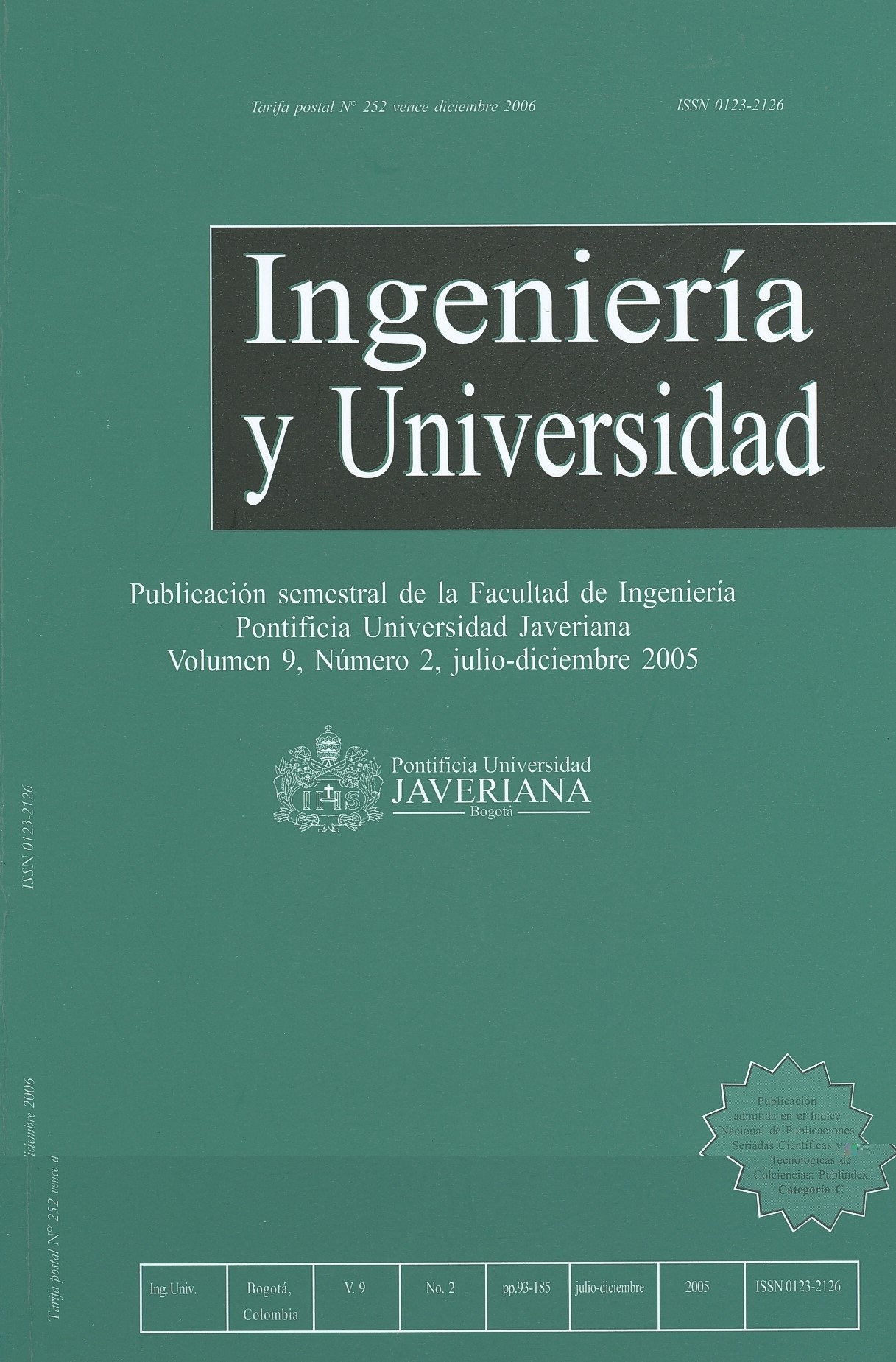Abstract
In 2004 the Pontificia Universidad Javeriana was gradually introducing academic credit system for their study programs. In order to be prepared for this challenge, it was tried a programme to adapt a statistical inference course –attended by industrial engineers– during the first term of 2004 under such credit system. The proposal was intended to promote student self-learning, and was based on the following methodology tools: the so-called teacher-made class notes, to replace notes taken by the student; self-learning guides to be used for homework; improved evaluation system which included: self-learning evaluation on fixed dates, knowledge evaluation on flexible dates including the chance of attending the exam more than once, and projectbased evaluation focused on Colombian problems and interdisciplinary dialogue. Results gave clues to make the following conjectures: using a text written by the teacher instead usual student notes reduce the necessary classroom time; using self-learning guides makes easy student homework; given their previous study habits, it’s difficult for students to adapt themselves to self-learning; flexible evaluation allows the student to take responsibility about evaluations decisions and study pace; although a single exam repetition seems to improve academic performance, it’s not clear the benefit of allowing repetitions more than once; project-based evaluation focused on Colombian problems and interdisciplinary dialogue as a learning tool is well-evaluated by students and teachers.
Barnett, R. Los límites de la competencia. El conocimiento, la educación superior y la sociedad. Barcelona: Gedisa, 2001.
Batista, E. et al. Escuela y promoción escolar. Medellín: Editorial Universidad de Antioquia, 1989.
Campo, R. y Restrepo, M. Formación integral: modalidad de educación posibilitadora de lo humano. Bogotá: Pontificia Universidad Javeriana, 1999.
Colombia. Ministerio de Educación Nacional. Sistema de créditos académicos: Por la flexibilidad curricular. Disponible en: http://www.mineducacion.gov.co/prensa/altablero/altablero.asp?id=105&numero=10 (Última consulta: 10 de septiembre de 2005).
De Alba, A., Díaz Barriga, Á., Viviesca, M. “Evaluación: análisis de una noción”. En: Revista Mexicana de Sociología, Instituto de Investigación Social UNAM, 46(1), 1984.
Díaz Barriga, Á. Didáctica y currículum. México: Paidós, 1997.
Dewey, J. Experiencia y educación. Buenos Aires: Losada, 1939.
Rogers, C. Libertad y creatividad en la educación. El sistema “no directivo”. Buenos Aires: Paidós, 1978.
Universidad de Deusto, Tuning educational structures in Europe. 2005. Disponible en: http://www.relint.deusto.es/TuningProject/index.htm (Última consulta: 10 de septiembre de 2005).
Universidad Nacional de Colombia. ¿En qué consiste el sistema de créditos? Disponible en: http://www.unal.edu.co/reforma/racademica/preguntas10.htm (Última consulta: 10 de septiembre de 2005).

This work is licensed under a Creative Commons Attribution 4.0 International License.
Copyright (c) 2020 Jorge Andrés Alvarado-Valencia


